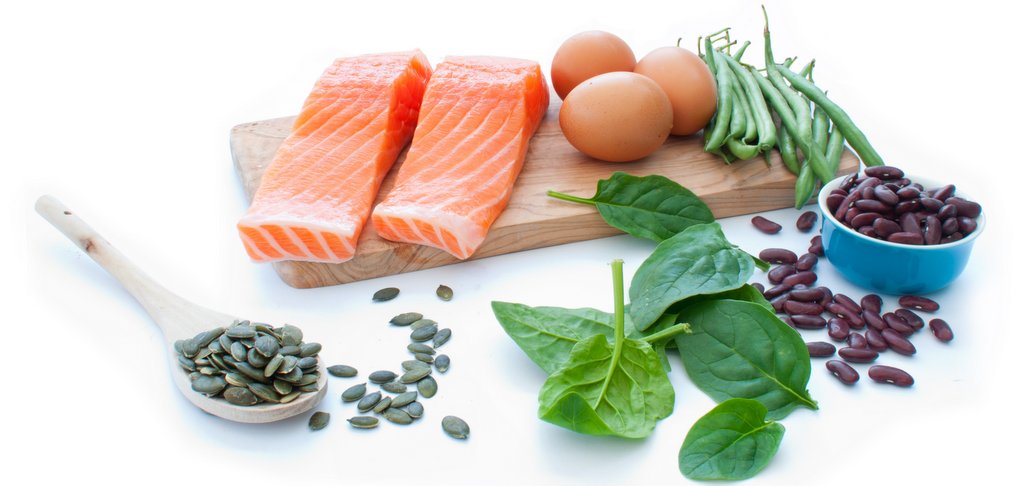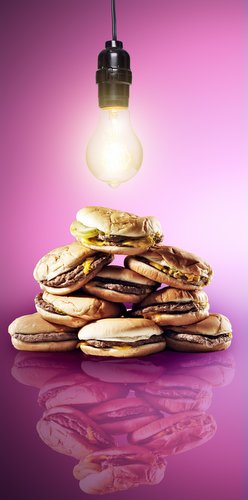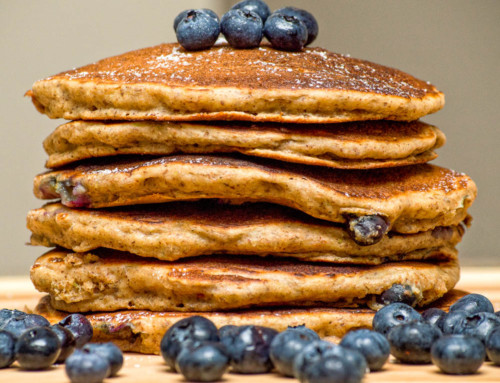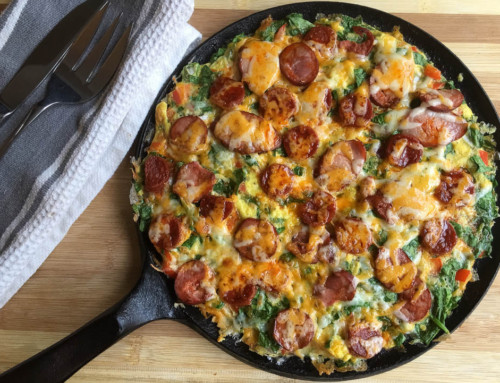Nutrition is a big and at times overwhelming topic. We often watch what we eat, look at the grocery labelled packages comparing nutritional values, in order to make healthy choices. But what is healthy food? And are all diets created equal? To begin answering these questions we need to discuss Optimum Nutrition and how it affects us all.
Optimum Nutrition can be simply defined as, eating foods with the best nutrients, assisting your body, to perform at it’s full potential – be as healthy as can be. This road to health, is person dependant; it may be highly specialized or very flexible. For example, optimum nutrition for a professional athlete will be significantly complex than for a non-athlete. An athlete trains for performance with strict regiments that require appropriate nutrition. Since most of us do not fall into professional athlete category and don’t put our bodies through high physical demands, our nutritional requirements look significantly different, and simpler.
Food is fuel for the body. Each one of us puts unique demands on the body, to obtain desired performance. Individual stress maybe different but the basic functions and mechanics of the human body are very much the same. We all need energy to breath, walk and sleep. However, how well you can breath after running a mile or how your body feels in the morning after sleep, depends on – nutrients available to your body for recovery and re-building. Food energy is readily available, hence our expanding waistlines, but the nutrients we need for performance come from “real” food.
Read more: Calories- Energy vs. Nutrients
Optimum Nutrition – a look back in history
The concept of real food is well understood by our grandparents. Home cooked meals were prevalent and essential up until the 1960’s. However, things changed soon after that, as cooking became an easily assignable duty. This is also the time more women entered the workforce, perhaps greater household income resulted in frequent restaurant outings. The availability of frozen/TV dinners made it easy to turn off the stove and turn on the microwave. Restaurant meal portions have also gotten bigger over the years. This food confusion continues today in the 21st century, as big box companies hijack our attention with advertisements about what we ought to eat. Avoid gluten and buy our gluten-free bread. Avoid dairy – we offer you soy milk as a substitute. We discuss this concept in dept, in our book – learn more. The biggest shift in our nutritional needs is replacing home-cooked meals from scratch to easily available, cheaper, less time-consuming, packaged, processed foods. Our concept of what food is has changed. We now believe, a store bought free-range, organic chicken noodle soup is just as good or even better then grandma’s home-made one, to cure a seasonal flu.
What is “REAL” Food?
Food is all around us, from chocolate bars in clothing stores, to soda at gas stations. Take-out places and restaurants are often lined up for our picking. For most of us, grocery stores are a stones throw away. So, with such easy access to food, do you ever wonder why we are so un-healthy? In reality, most of us always have something in our mouth or hand, be it a drink like coffee or vitamin water, to a snack like donut or wrap. If food is energy, then why are we so lethargic, while having easy access to it? The reason is that modern day food is not “real” – nutrient-rich. Most of us are not even meeting the required nutrition needs, let alone attaining numbers closer to optimum nutrition.
Real food is natural as nature intended. Some processing is necessary in today’s times but completely recreating a food product to increase profits – has no benefit to your health. Real food includes fruits, vegetables, grains, meats that will spoil with time. A bread that can sit on the counter for weeks without spoiling will unlikely meet your nutritional needs. Our philosophy is, if it’s not good enough for bacteria to eat, then it isn’t a food source for humans.
Bottom Line
Starting your journey towards optimum nutrition begins in your kitchen. Cook more at home – using whole vegetables, grain and legumes. Substitute whole fruits for juices. Drink water instead of soda. These are just some things to get you started. However, such statements are often easier said then done; as reality being us addicted to take-out for it’s taste, convenience and affordability. A step-by-step process is required to setup new habits that are attainable while being palatable, convenient and affordable. You can lean more about this process in our The No-Diet Book.





